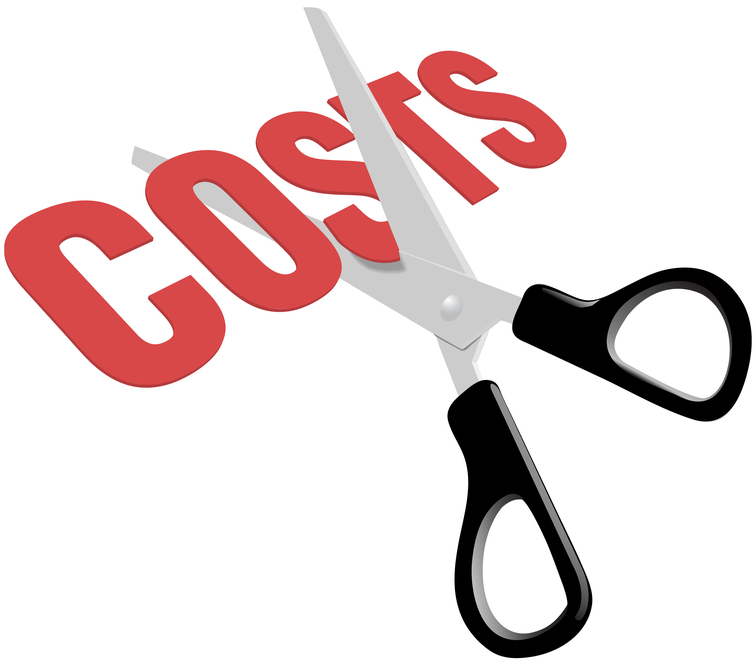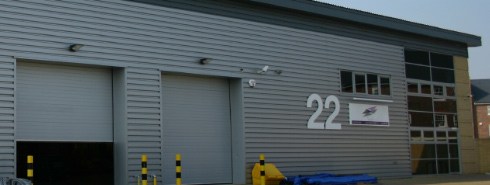
Many ecommerce retailers understand the concept of inventory carrying cost (ICC) in the abstract, but have trouble applying it operationally. Many e-tailers do not give proper weight to the costs of carrying inventory, and therefore miss a lot of essential inefficiencies in their operations. I want to highlight a few points on how ICC affects inventory and how understanding your real ICC is vital to reducing inventory while maintaining flow-through. Fairway Fulfilment & Logistics explain ICC in more detail below.
How do I calculate Inventory Carrying Cost?
Your ICC is really just the total cost of keeping and managing your inventory, the lost opportunity costs of ‘tying up’ your capital in stock, and the risk to the existing inventory. All too often, this is not calculated, and capital costs alone are used in place of these figures. For most operations, capital costs will be only 5-10%, while the real ICC can be 20-25%. Think what these numbers could mean for your organisation, and tell me if it is worth the time to understand ICC properly.So, how do I use ICC to optimise my inventory policies?
There has been a lot of ink spilled over inventory optimisation and ‘right-sizing’ over the years, and I don’t expect to add much to the debate. I can, perhaps, summarise some of the simpler points. Your goal is to adopt policies that set your inventory levels at the minimum necessary to maintain operation without stoppages. Right sizing and optimisation usually mean reducing these levels, but if the system needs more inventory to work smoothly, right-sizing means up-sizing.Optimisation should not focus purely on inventory numbers, but they are often obsessed over because they are unambiguous and easy to manipulate. A proper right-sizing operation looks to change the system of policies affecting or affected by inventory to make the system run smoothly with a lower ICC. Only then should inventory levels be reset.
System changes at this level will often require some degree of capital investment. Using the correct ICC numbers (which are usually higher than capital cost figures) will help a supply chain manager get the buy-in that they need to get the job done correctly. A good supply chain management 3PL can be of a great deal of help in setting inventory levels and policy, so don’t be shy to ask for help.






